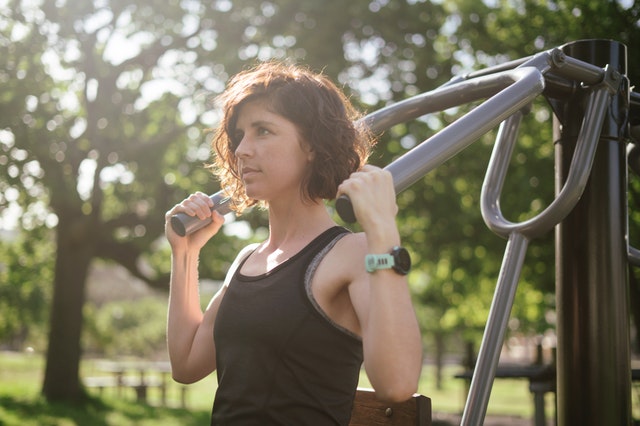Disclaimer: Before starting any fitness plan, talk with your healthcare provider first.
If you want to improve your fitness level and work your way to sustained weight-loss, just exercising may not be enough. You should also measure your exercise intensity – or in other words, the level of energy your body uses to complete the workout.
Starting and Making Progress
Naturally, if you are just getting started, you should begin at a low to moderate intensity for safety purposes. Starting low can help you adjust to exercise and prevent you from injury. You don’t want to get hurt or overdo it to the point of feeling unable to move.
As you improve your fitness level, you can raise your exercise intensity accordingly. However, this does not mean that every workout must be more vigorous than before. Any well-rounded fitness plan should have a variety of exercises at different intensities that work different parts of the body.
Examples of Exercise Intensity
- Low: Slow walking, vacuuming, dusting, standing at your desk, etc.
- Moderate: Brisk walking, water aerobics, slow bicycling, tennis (couples), ballroom dancing, recreational swimming, gardening
- Vigorous: Race walking, jogging/running, tennis (singles), step aerobics, fast bicycling, hiking uphill, competitive sports, lifting/digging
Measuring Exercise Intensity
There are different ways to measure exercise intensity. Find what ways work for you, do what makes you feel comfortable and hold yourself accountable. Your goal should be to gradually increase your exercise intensity as you improve your fitness level.
Assess Your Heart Rate
This is most effective when you use a heart rate monitor. They come on their own or as a featured benefit in devices like a smartphone or fitness tracker. Wear the monitor as you exercise to gauge how fast your heart beats at different stages of your workout. You can also measure this on your own immediately after you finish a workout.
Monitoring your heart rate is especially helpful if you are taking a medication that plays a role in how fast your heart beats. It is also important to know your heart rate if you have a related health condition that you are concerned about.
Ratings of Perceived Exertion
Ratings of perceived exertion (RPE) refers to how hard you feel your body is working. It works by paying attention to your comfort level and physical sensations. For example, you might be doing a high intensity workout if you are sweating a lot, if it’s hard to breathe, if your muscles are tiring and if your heart is beating rapidly.
If you are doing this method, use a scale ranging from 1-10. Self-monitor your workouts to assign them a number. Vacuuming the house would be a 1 while running a race might be a 10. As you improve your fitness level, you will notice that some workouts become easier.
Conclusion
Measuring your exercise intensity will help your workouts be more effective. They will also help you improve your fitness level and endurance.
If you are just starting out, aim for low to moderate intensity exercise and progress from there. Set SMART goals (specific, measurable, attainable, realistic, time-based) to stay motivated and track how far you have come. At any given time, only perform activities that are safe and appropriate for you. With all this in mind, you will improve your health AND your weight!
For more information on exercise intensity, CLICK HERE.






